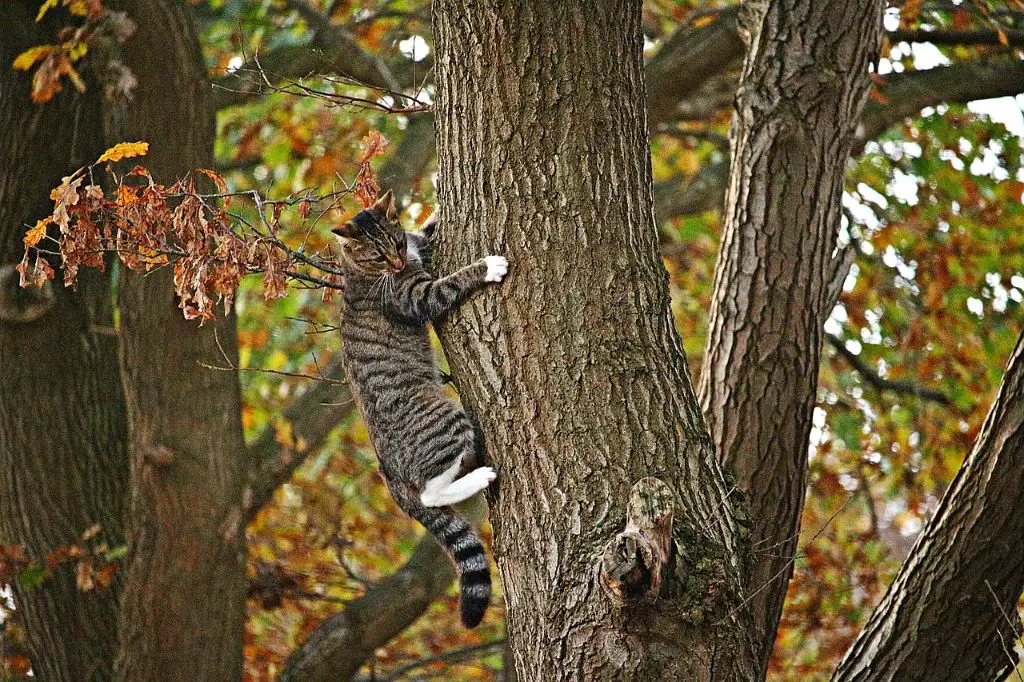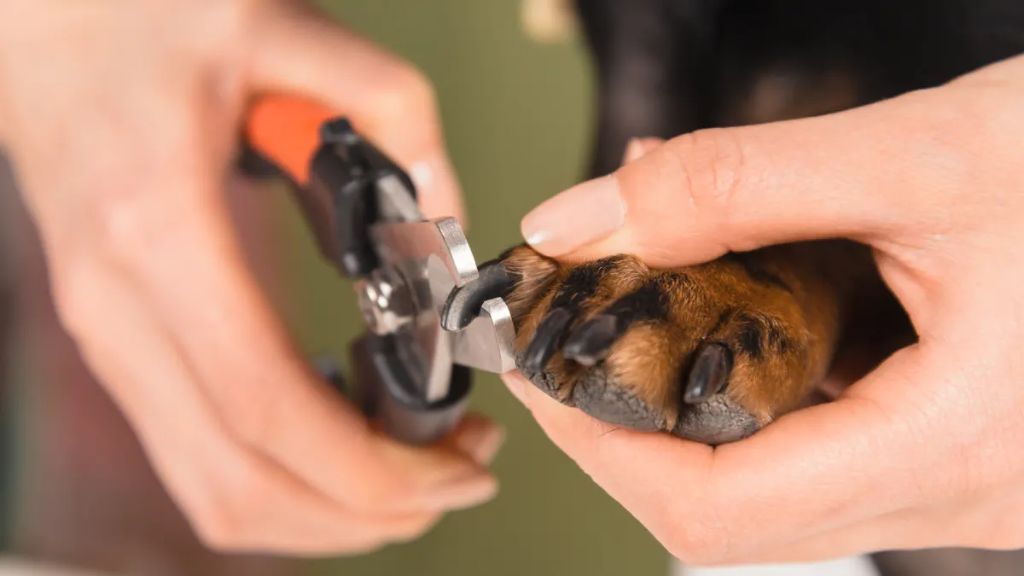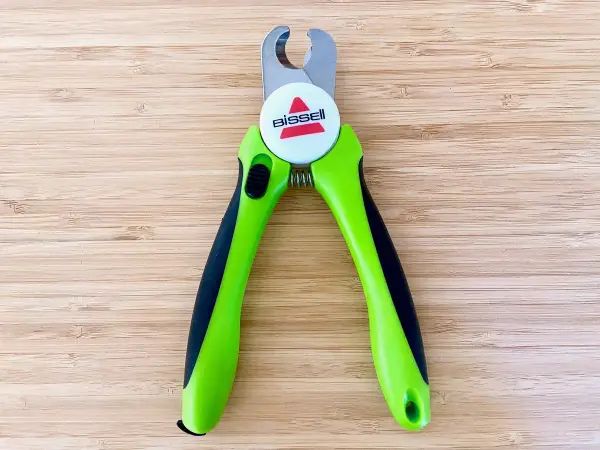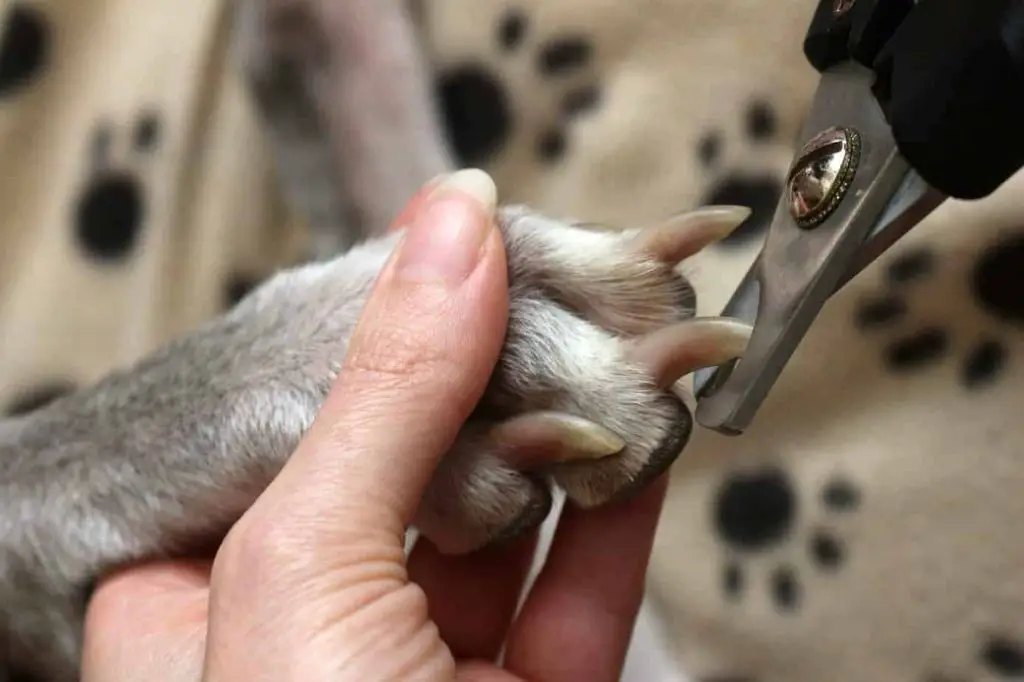Introduction
Cat and dog nails may seem similar at first glance, but there are important differences between feline and canine claws that require using different nail clippers designed specifically for each species. While cats and dogs both have a nail bed with a quick that contains nerves and blood vessels, dog nails tend to be thicker and sturdier than cat nails. Cat nails are also more curved and pointed, while dog nails are flatter and blunter. These anatomical differences mean that cat nail clippers have smaller, sharper blades designed for trimming thin, curved claws. Dog nail clippers have wider, heavier-duty blades suitable for cutting through thicker nails.
In this article, we’ll go over the key differences between cat and dog nail clippers in detail. We’ll cover the blade type, safety features, size, grip, and recommendations for choosing the best nail trimmer for your pet. Understanding the unique claw features of cats and dogs will help you select the right clipper to safely and effectively trim those nails.
Anatomy of Cat and Dog Nails
Cats and dogs have very different nail anatomy due to their unique lifestyles and needs. Cats are natural climbers and hunters, so they have evolved sharp, curved, claw-like nails that help them climb trees and latch onto prey. The nails are retractable, meaning when the cat is relaxed, the nails are sheathed inside toe pads to keep them extra sharp. When needed for climbing or hunting, the cat can protract their nails to use them. The nails are also attached to tendons that allow the cat to control claw movement.

In contrast, dogs have evolved blunter, flatter nails that provide traction as they run across various types of terrain. Their nails are always exposed and cannot retract. They usually curve slightly inward toward the pad. Dogs do not use their nails to climb or hunt prey, so they do not need the sharp, curved claws of a cat. The dog’s blunt nails help give them secure footing as they play, work, and go for walks with their human companions.
Nail Thickness
Cat and dog nails have some key differences when it comes to thickness. Cat nails are generally much thinner and smaller than dog nails. Cats are typically lighter animals with smaller paws, so their nails have adapted to be narrower and more curved. The thin nails allow cats to more easily retract their claws, use them for scratching, and grip surfaces.
In contrast, dog nails are generally thicker and sturdier than cat nails. Dogs come in many different sizes, but most breeds have thicker nails than cats. Thicker nails provide more protection for dogs’ feet and give them better traction. Thick nails also enable dogs to dig and scratch more vigorously. However, thick nails can be more prone to cracking.
Nail Color
Cats and dogs have different nail colors that require consideration when clipping.
Cat nails are light colored, often white or light pink. The quick, or blood vessel, inside cat nails is more visible as a pinkish area. This allows for easier identification when clipping to avoid hitting the quick. Being able to see the quick reduces the chances of accidentally cutting into it and causing pain or bleeding.
Dog nails are dark colored, typically black or dark brown. The quick inside dog nails is not as readily visible. Dog owners need to carefully look inside the nail to try and determine where the quick ends to avoid going too short when clipping. It can be harder to identify the quick in dark dog nails, so extra precaution is required.
The main difference in nail color is that cat nails are light for easy quick identification, while dog nails are dark, making the quick harder to see. Understanding this difference allows owners to take proper care when using clippers to trim cat and dog nails safely.
Clipper Blade

The size of the clipper blade is an important difference between cat and dog nail clippers. Cat nails are much thinner and smaller than dog nails. As a result, cat nail clippers need to have a narrower blade to avoid clipping off too much of the nail at once.
Cat nail clipper blades are only about 3-4 mm wide. This allows for more precision when trimming a cat’s tiny nails. The narrow blade helps prevent splintering or cracking the nail.
In contrast, dog nail clippers have a much wider blade, usually 8-10 mm wide. This accounts for the larger size of dogs’ nails. The wider blade can cut through thicker nails in just one motion. If a narrow cat nail clipper was used on thick dog nails, it would likely take multiple clips to trim off just a small amount.
Using the right clipper blade width for the pet’s nail thickness allows for a clean, smooth, one-clip trim. Be sure to use a narrow blade for cats, and a wide blade for dogs.
Safety Stops
An important difference between cat and dog nail clippers is that dog clippers have a safety stop, while cat clippers do not. Dog clipper blades are designed with a guard that prevents the user from cutting into the dog’s nail bed and quick. This safety stop acts as a barrier, so the blade cannot close and cut more than the exposed nail.
Cat nails do not have a quick like dogs, so cat nail clippers lack this safety feature. Cat nails are shaped differently and mainly composed of keratin, so the risk of cutting into a sensitive part of the nail is lower for cats. The absence of a safety stop allows cat clippers to cut thinner, smaller cat nails more closely. However, this means more care should be taken when using cat nail clippers to avoid overcutting.
Grips
The size and texture of the grips can differ between cat and dog nail clippers. Cat clippers often have smaller, finer grips made of smooth plastic or metal. This allows for more precise control and dexterity when trimming a cat’s tiny nails. The slimmer design is well-suited for a cat owner’s hands.
Dog clippers tend to have larger, rubberized grips that are textured for extra grip. Rubber grips give the user’s hand more traction when clipping a larger, stronger dog’s nails. The textured surface helps prevent slippage. Larger grips also allow for more leverage when trimming tough dog nails. The grip size provides good ergonomics for a dog owner’s hands.
Size
Cat and dog nail clippers come in different sizes to accommodate the different nail sizes of cats and dogs.
Cat clippers are generally smaller than dog clippers. This is because cats have much smaller nails than dogs. Cat nails are tiny and thin, while dog nails are thicker and longer. Cat nail clippers need to be petite in size to properly fit cat nails and clip just the very tip.
Dog nail clippers are larger, often up to 2-3 times bigger than cat nail clippers. Dog nails are larger, so dog clippers have wider blades and a larger handle and grip area to be able to clip through dog nails efficiently. The bigger size also accommodates larger dog breeds with bigger nails. Using a tiny cat nail clipper on a large breed dog would be very difficult.

It’s important to match the clipper size to your pet’s nail size for safety and proper clipping. Using too large of a nail clipper on a cat risks clipping their nail too short or catching their skin. Using too small of a clipper on a dog may not allow you to fully clip through their thick nails.
Recommendations
When it comes to choosing the right nail clippers for your cat or dog, having the right tool for the job makes all the difference. Here’s an overview of some top recommended clipper options for both cats and dogs:
For Cats:
Safari Professional Nail Trimmer: These stainless steel clippers are specially designed for cats with an extra-small cutting slot to avoid cutting the quick. They have a non-slip ergonomic handle and come highly rated.
Epica Professional Pet Nail Clipper: With rubberized grips and a safety stop, these clippers are perfect for at-home cat claw trims. The blades stay sharp and are ideal for even tiny kitten claws.
Boshel Cat Nail Clippers: These quality clippers have semi-circular blades to avoid splintering. Their safety guard helps control cutting depth. They’re designed for even the most squirmy cats.
For Dogs:
Safari Professional Large Nail Trimmer: The stainless steel blades on these clippers are made to cut through thick dog nails cleanly and safely. Their rubber grips provide control.
Millers Forge Quality Nail Clipper: With a sturdy build, sharp cutting blades, and convenient safety stop, these clippers are designed to last through years of dog nail trims.

GoPets Nail Clippers: These heavy-duty clippers are designed for large dogs with thick nails. They have a safety guard and come with a nail file for additional smoothing.
Conclusion
In summary, there are some key differences between cat and dog nail clippers that pet owners should be aware of. Cat nails are generally thinner and more translucent than dog nails. As a result, cat nail clippers have smaller, finer blades designed specifically for their delicate nails. Dog nail clippers have larger, thicker blades made for clipping their sturdier nails. Cat nail clippers also tend to have a guard or safety stop to prevent overcutting the nail quick, whereas some dog clippers lack this feature since dog nails are less prone to quicking.
It’s important to use the proper nail clipper for your pet to avoid injury. Cutting a cat’s nails with too large of a clipper can crack or split the nail. Using a clipper with finer blades ensures a smooth cut without damage. For dogs, their thicker nails can bend or dull an improperly sized clipper, making it difficult to get a clean clip. The right clipper size and blade allow for efficient, painless trims for your pet. Investing in high-quality nail clippers designed for your specific pet’s needs helps keep their nails trimmed and their paws healthy.